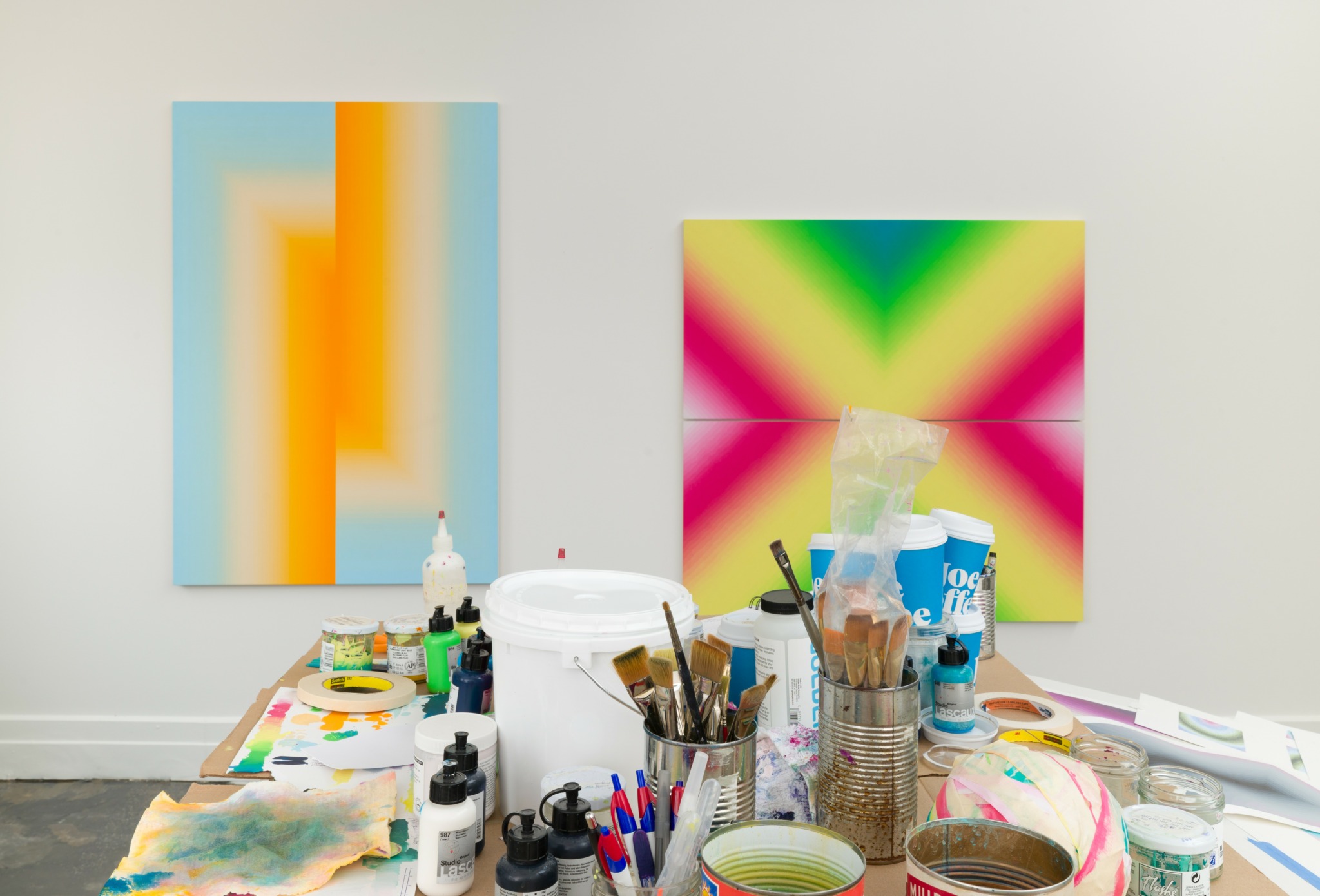Alright – so today we’ve got the honor of introducing you to Audrey Stone. We think you’ll enjoy our conversation, we’ve shared it below.
Audrey , thanks for taking the time to share your stories with us today How did you learn to do what you do? Knowing what you know now, what could you have done to speed up your learning process? What skills do you think were most essential? What obstacles stood in the way of learning more?
There’s a story, probably apocryphal, of someone asking an artist “How long did it take you to make that artwork?’ and the artist responding, “My whole life.” That response sums up my attitude. Learning one’s artistic craft is a lifelong commitment: continuing to explore, to fine tune, to make changes and progress in the work. Pushing my work forward keeps being in the studio interesting. Even small changes in approach matter. Looking back, I don’t wish that I had speeded up the process. All my previous phases of materials and approaches undergird the work I am doing now. While some bodies of work feel more successful than others, all of it was time well spent. Putting in the time — even on works I might consider failures — matters.
In terms of learning skills, I went to Pratt Institute for my undergraduate degree. We all had to begin with a classic foundation year: Drawing (from life); Form and Space (3D); and Light, Color and Design. I wanted to learn all those skills: Other college art programs did not have this structure, but it’s what I felt I needed. When I went back for an MFA at Hunter College, what I learned was more about opening up my mental concepts of how to create work, what work could be, and how to challenge myself to take risks within my work.
Since being an artist is a very solitary occupation, sometimes isolation can be an obstacle. I spend a lot of time in my own head, often torturing myself over creative decisions far more than necessary. Which means I am probably my own worst enemy and obstacle.
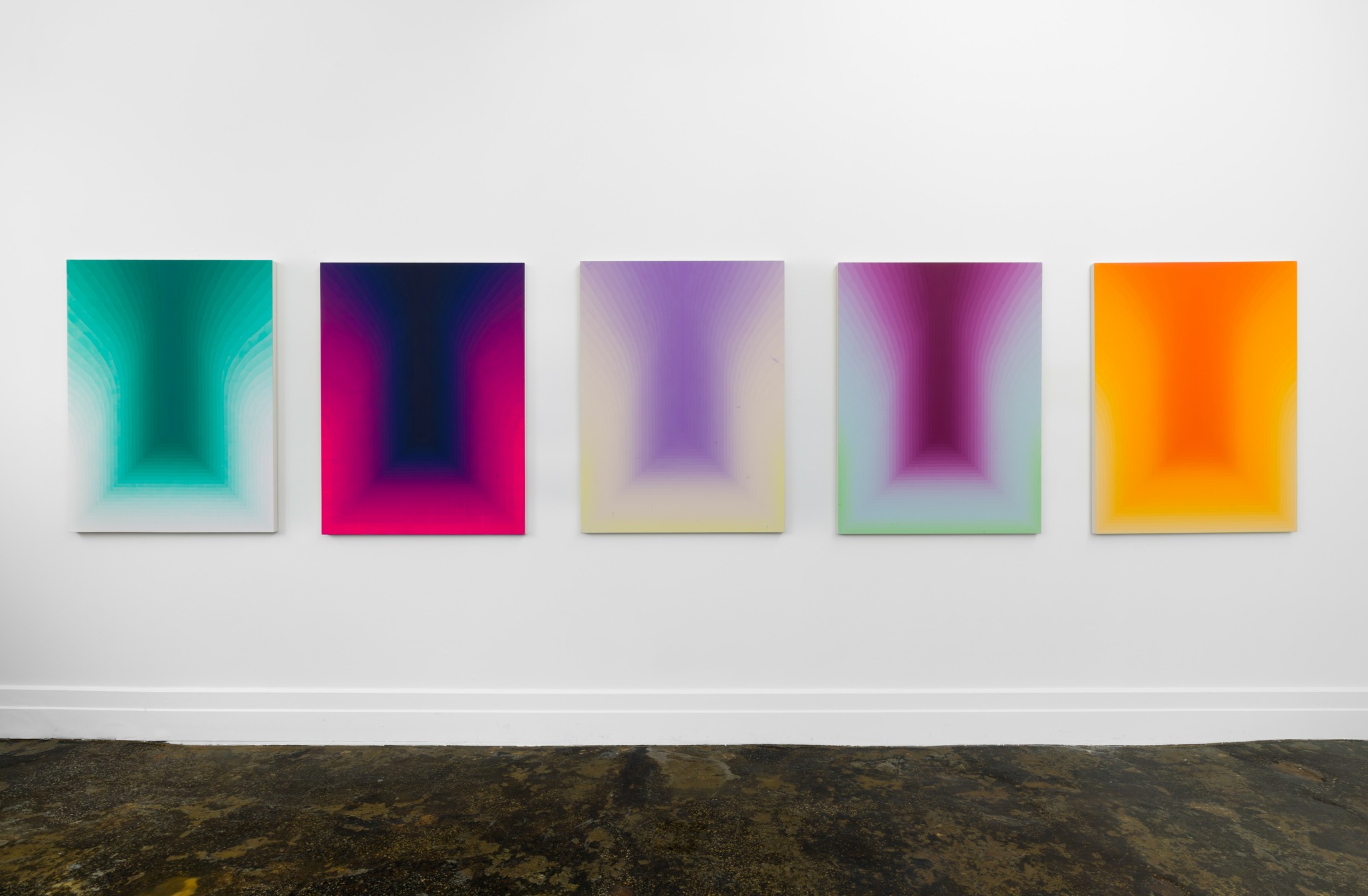
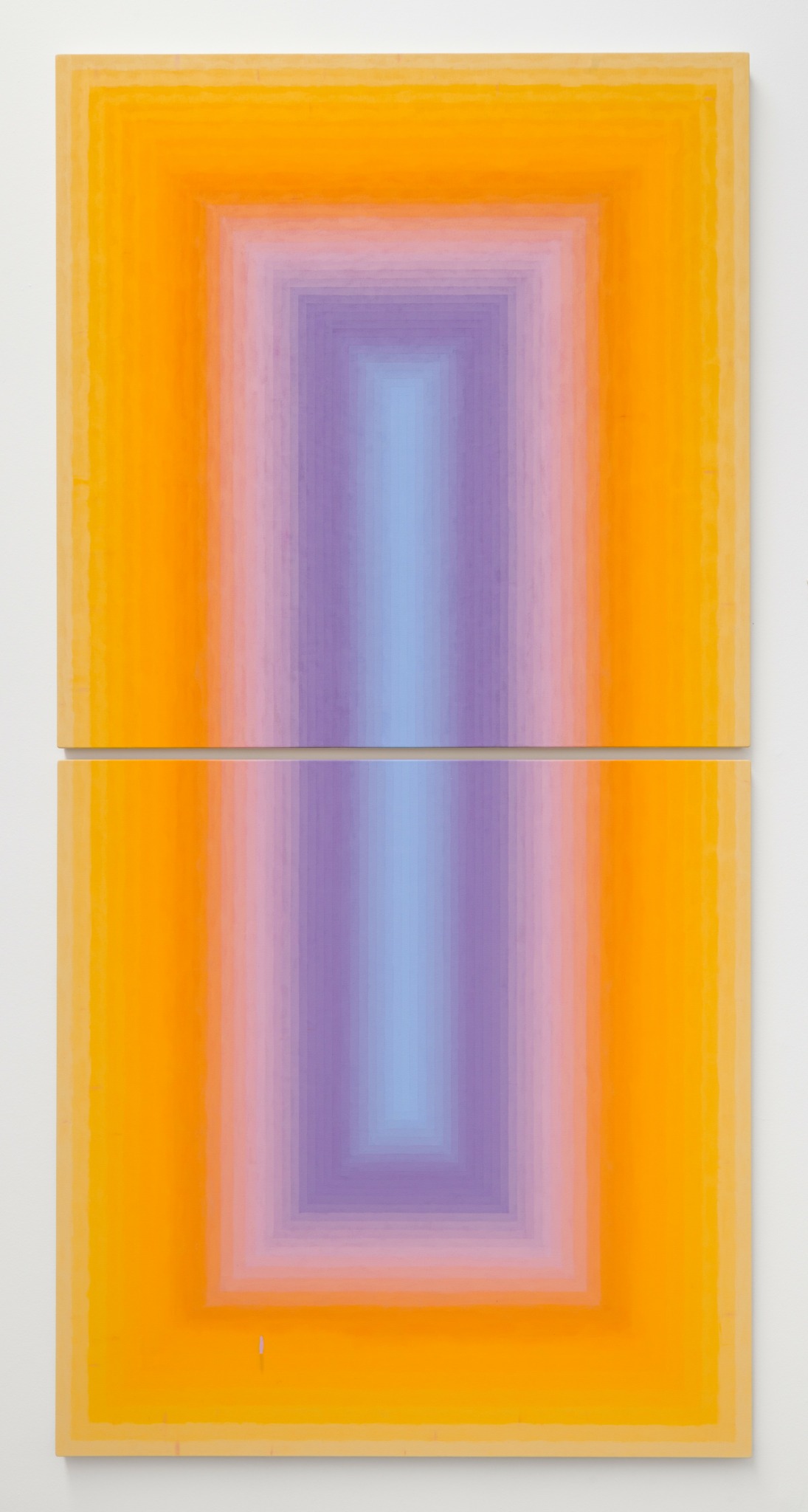
Great, appreciate you sharing that with us. Before we ask you to share more of your insights, can you take a moment to introduce yourself and how you got to where you are today to our readers.
Over the course of my career, I have worked in various media, including painting, drawing, sculpture, and mixed media. The core of my artistic practice is always the thing that feels most important and exciting to me and for the past fifteen years or so that has been color. I create abstract paintings that use subtle transitions of gradient color to create simultaneous sensations of excitement and calm. While I often have personal starting points or backstories for the work, I’m more interested in learning what a viewer sees and experiences than in dictating the meaning of an image to the viewer. Overall, I do want my work to feel positive. While the work might look digitally composed on the screen, or like a print, the paintings are entirely handmade, and take a lot of time to create. I build the color using gradual shifts from one color to the next that create a sense of visual vibration emanating from the surface of the painting. In person, you may even feel the vibration of the interaction of colors in your body. Individual works will often develop into series as I explore a particular concept or composition in a variety of ways. Making art tends to feed itself: one image and idea will beget another and then another. It is a constantly evolving conversation.
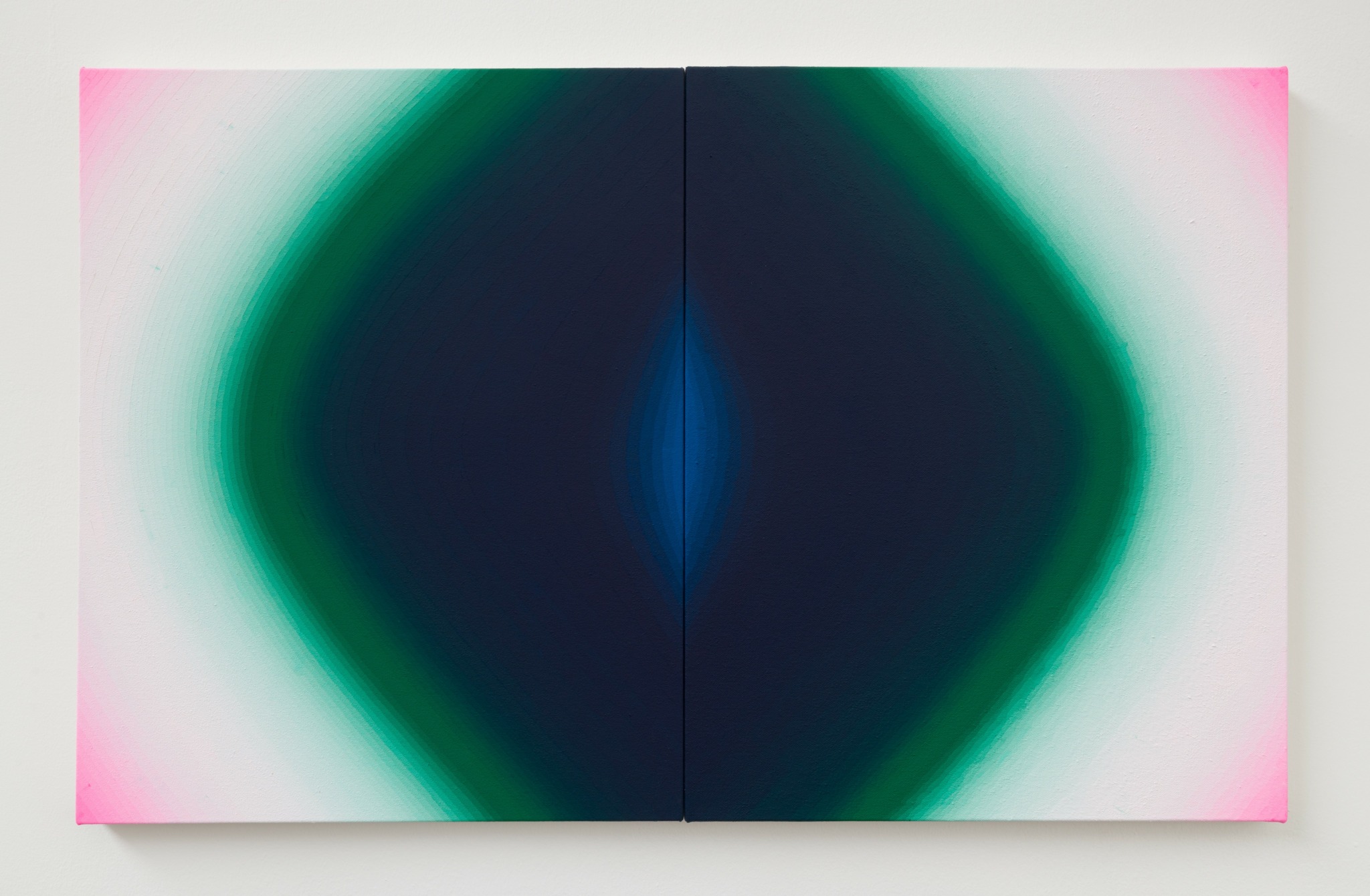
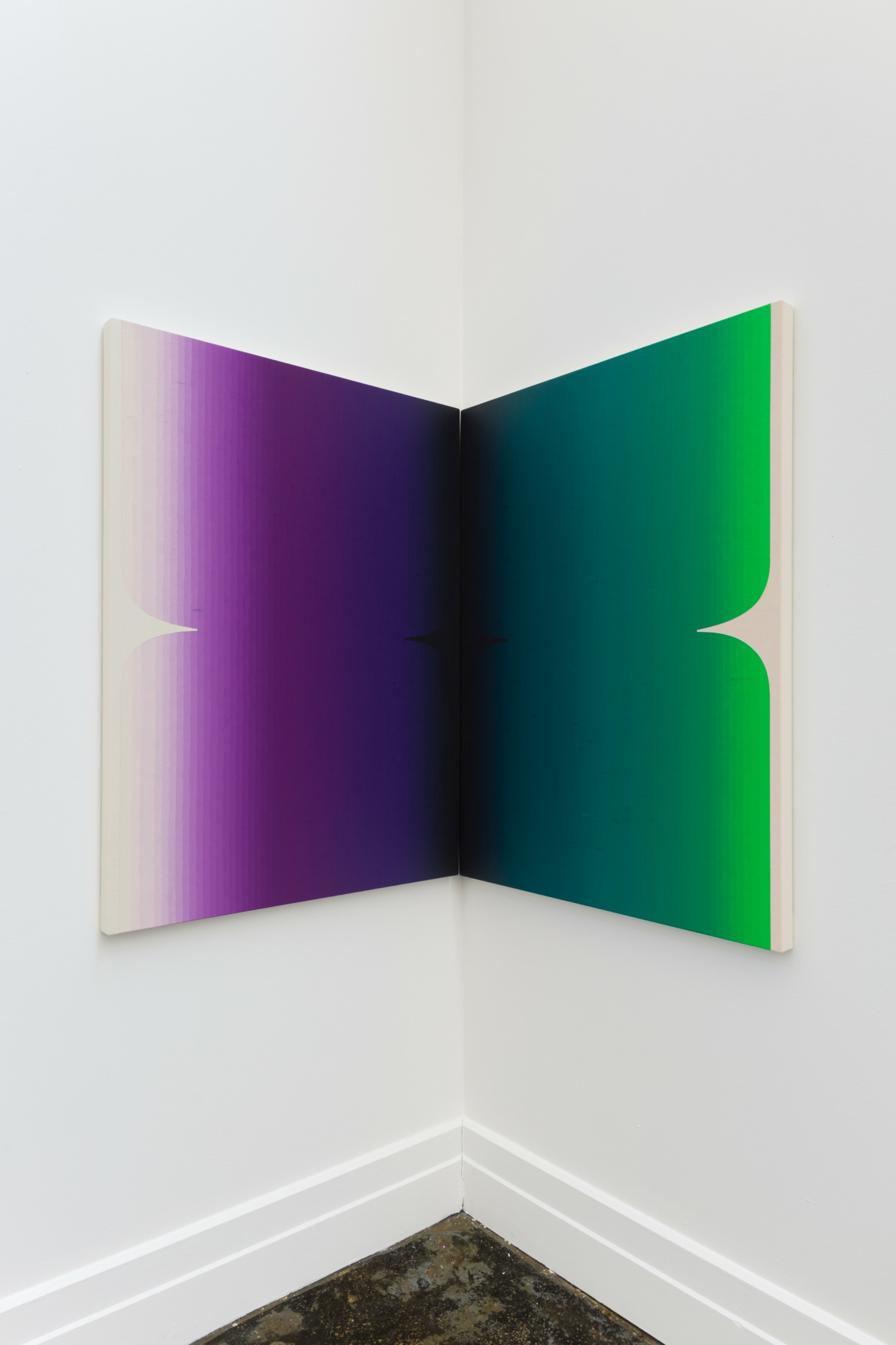
Let’s talk about resilience next – do you have a story you can share with us?
A few years ago I was looking through an old filing cabinet and came across folders of all the rejection letters I had received, organized by year. The files are pre-digital (late 1980s – 1990s), so I had been mailing slide packets to galleries and exhibition calls. Each folder had a college-ruled sheet of paper that listed the date, the gallery or person I had sent my slide packet to, a check mark when the packet was returned, and a note about the response I received: positive (few), negative (most), encouragement to resend a submission in the future (some). Most years, every line on both sides of the sheet of paper were filled. That’s a lot of applications.
I had completely forgotten about these rejection letters and my record-keeping and was astonished and amused to see the dogged approach I had taken early in my career. Rejection in art — as in other parts of life — can be overwhelming, but somehow I had managed not to take the rejections too hard. I was bolstered by the people who wanted to keep in touch and see my progress, and excited by my successes. I think of the folders of rejection letters sometimes and see them now as a sign of resilience.
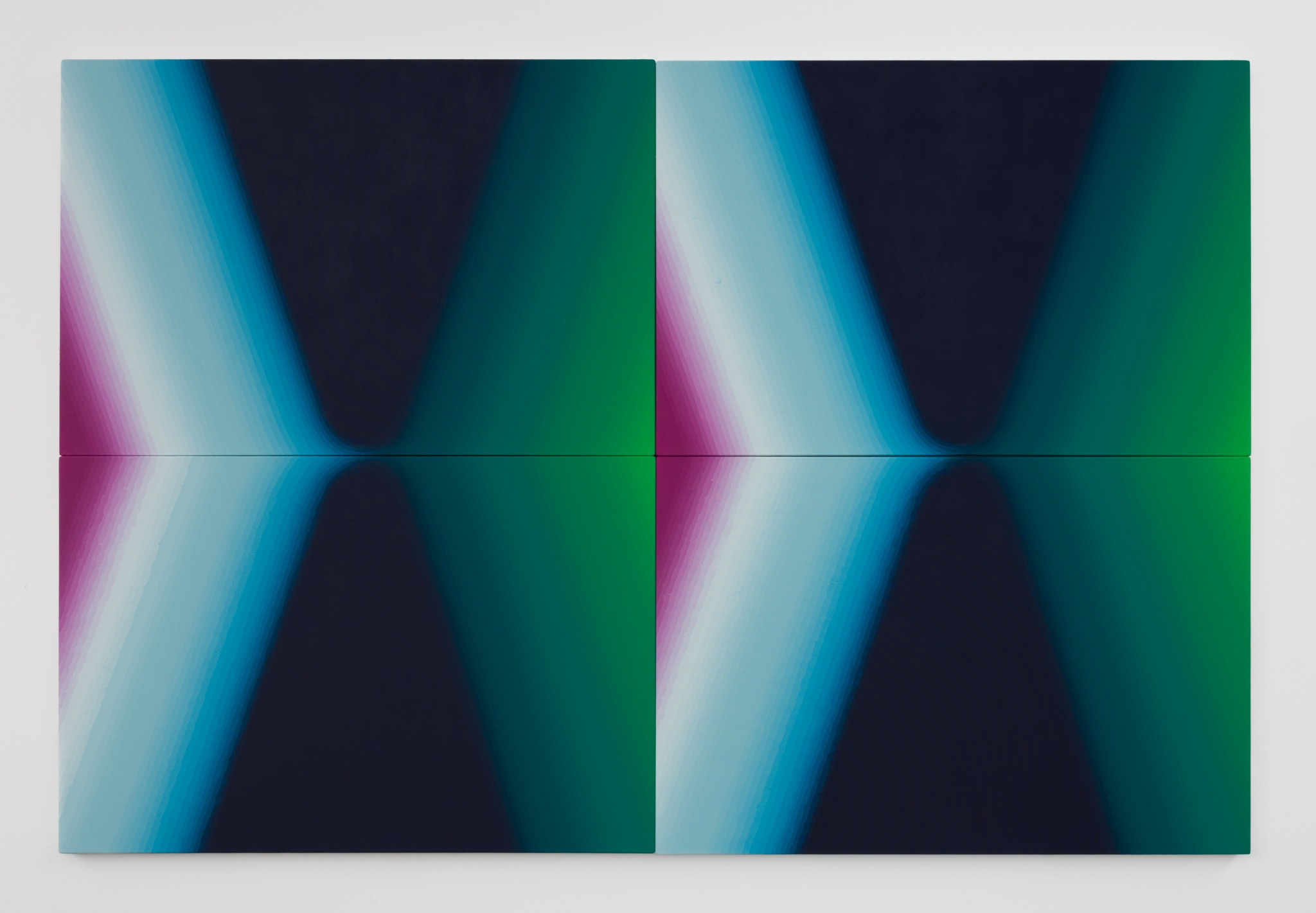
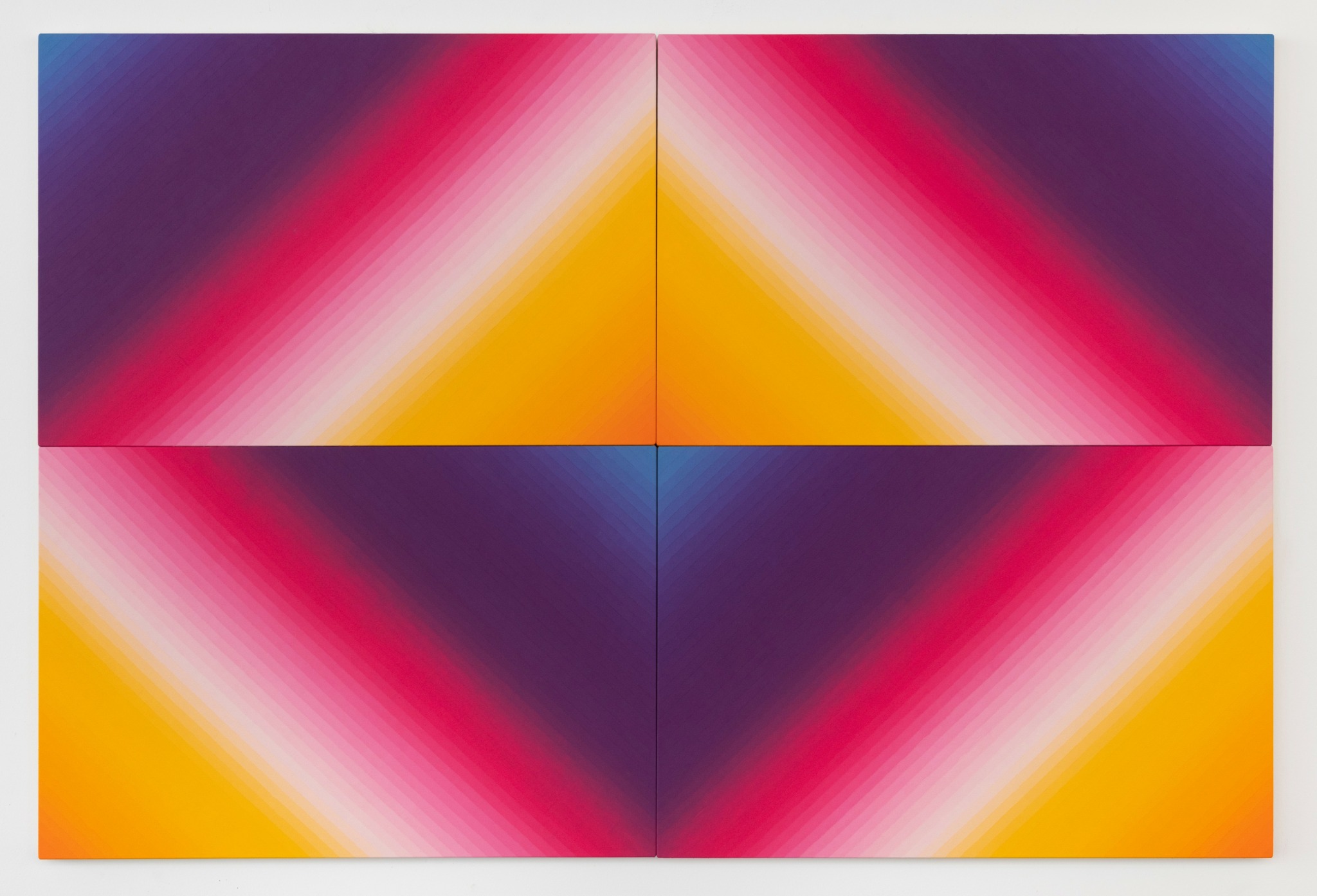
Can you tell us about a time you’ve had to pivot?
Since being an artist does not usually come with a regular paycheck, I had various jobs outside the studio for many years. Most were ‘means to an end’ jobs that I did for the paycheck, investing little of myself in the work. But just over 20 years ago, I became a lactation consultant. While I found working with new mothers and babies rewarding, I reached a point where I couldn’t juggle raising my own family, caring for a sick parent, making artwork, and seeing lactation clients. Then I was offered a two-person show, my first substantial show in years. Putting the consulting work aside was a difficult decision. I had put a lot of time and energy into becoming licensed and starting my practice. But I couldn’t do it all. When I left, I thought I would go back to that work when things calmed down in my family life, but that offer of a show turned out to be the fork in the road where I had to decide what mattered most to me, and I took the art path.
Contact Info:
- Website: https://www.audreystone.net
- Instagram: @audrey_stone_studio
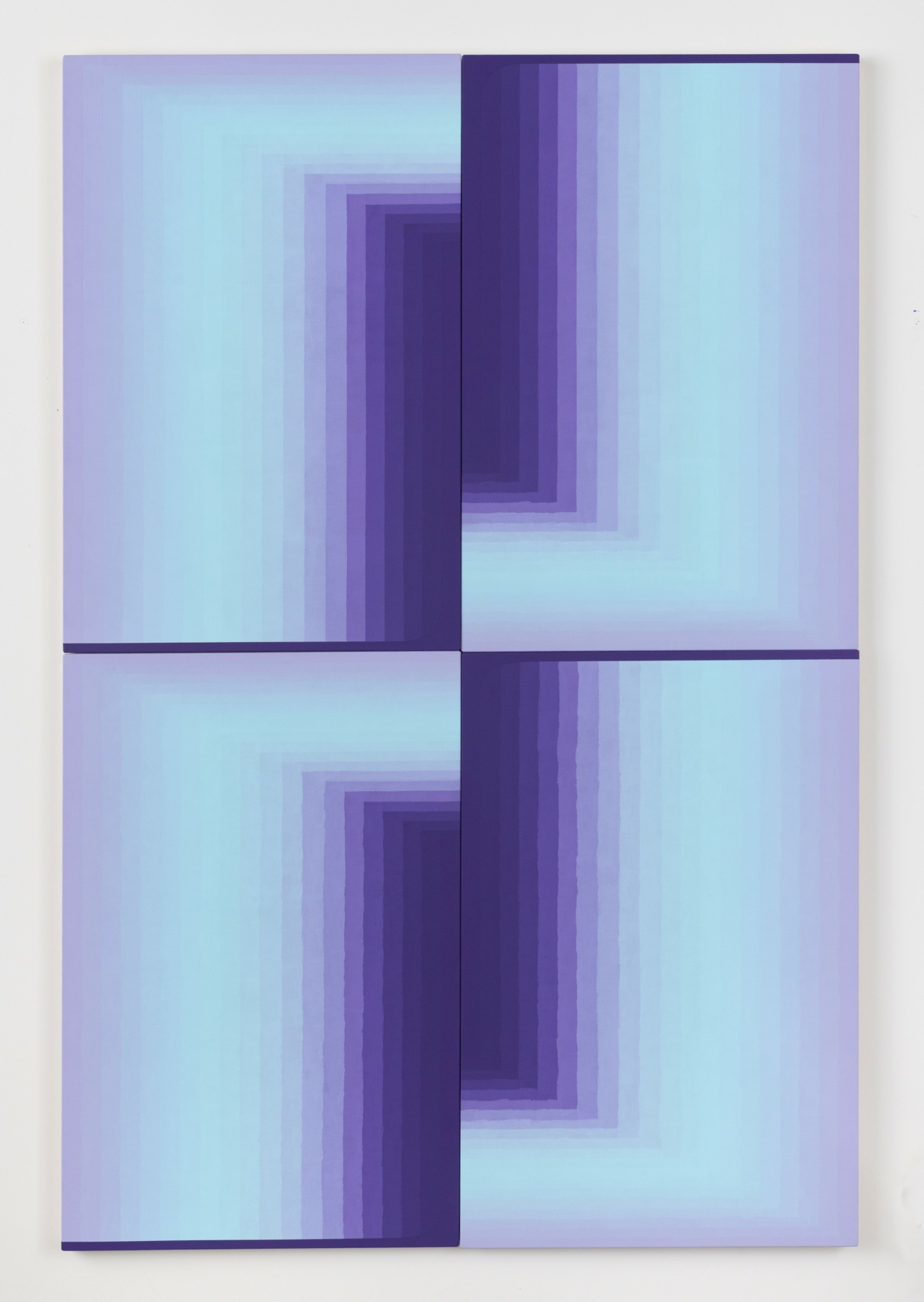
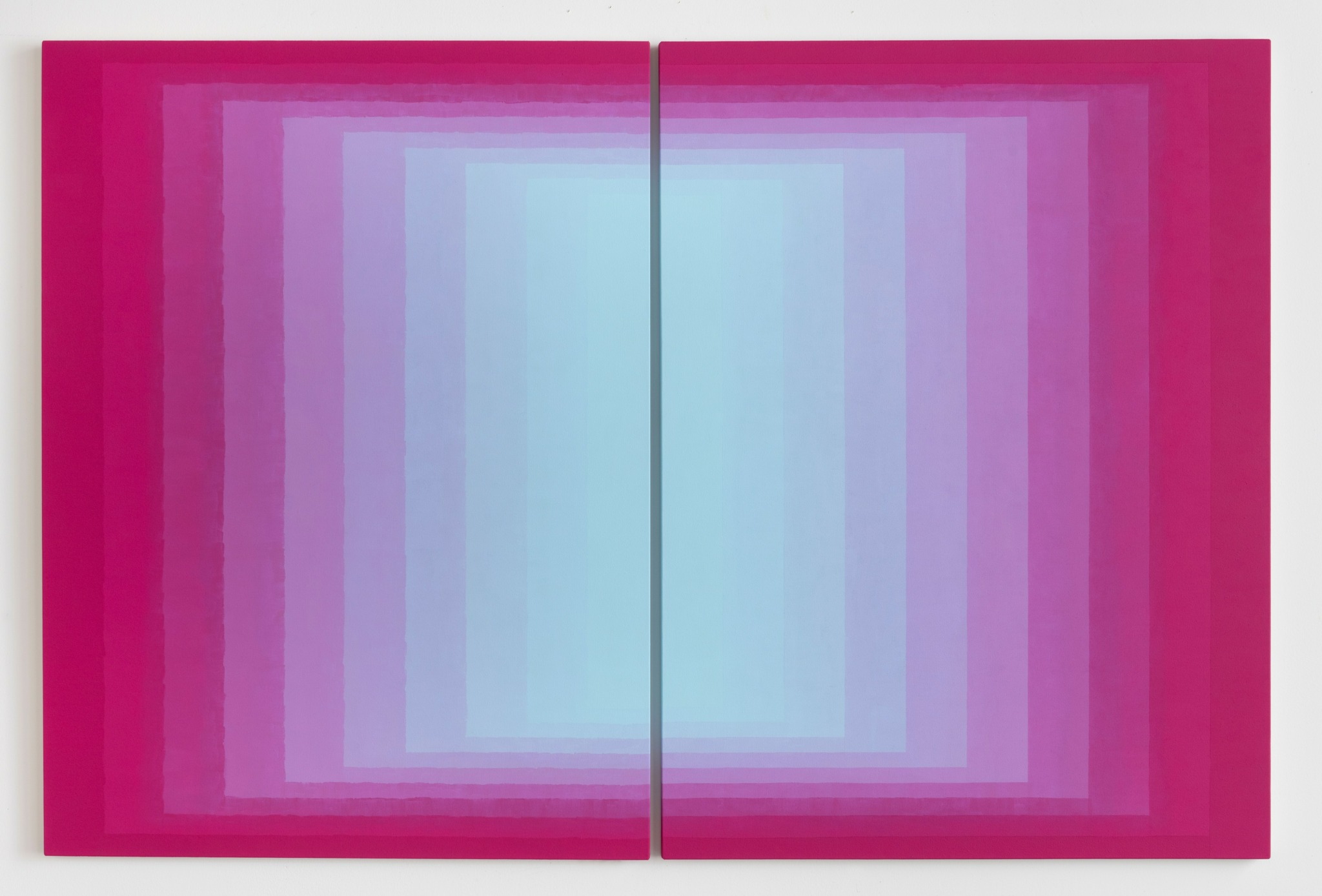
Image Credits
Andrew Schwartz
Adam Reich


